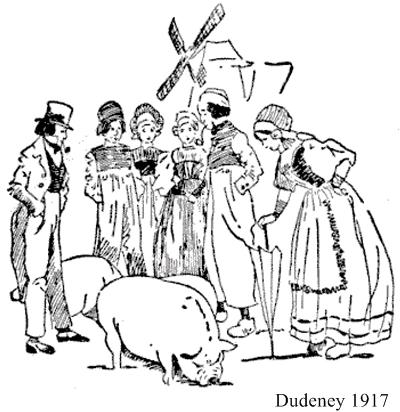 Presh Talwalkar presented an interesting puzzle that originated in the Ladies’ Diary of 1739-40, was recast by Henry Dudeney in 1917, and further modified using American money.
Presh Talwalkar presented an interesting puzzle that originated in the Ladies’ Diary of 1739-40, was recast by Henry Dudeney in 1917, and further modified using American money.
“Each of three Dutchmen, named Hendrick, Elas, and Cornelius has a wife. The three wives have names Gurtrün, Katrün, and Anna (but not necessarily matching the husband’s names in that order). All six go to the market to buy hogs.
Each person buys as many hogs as he or she pays dollars for one. (1 hog costs $1, 2 hogs are $2 each, 3 hogs cost $3 each, etc.) In the end, each husband has spent $63 more than his wife. Hendrick buys 23 more hogs than Katrün, and Elas 11 more than Gurtrün. Now, what is the name of each man’s wife?”
See the Three Dutchmen Puzzle for solutions.

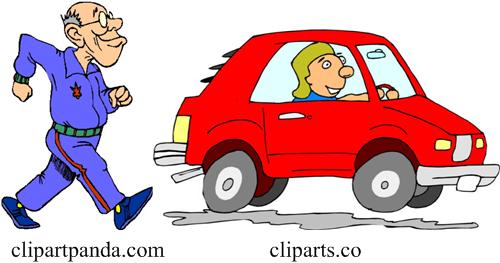 This is yet another simple problem from Henry Dudeney.
This is yet another simple problem from Henry Dudeney.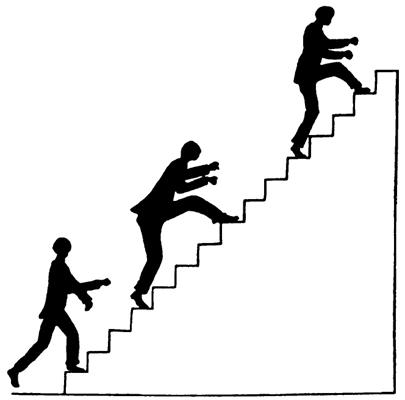 This is a classic type of puzzle from Henry Dudeney.
This is a classic type of puzzle from Henry Dudeney.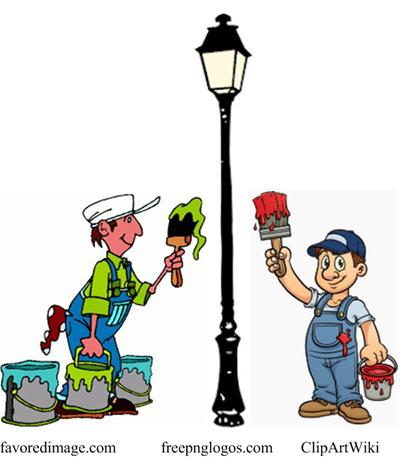 This is another simple problem from H. E. Dudeney.
This is another simple problem from H. E. Dudeney.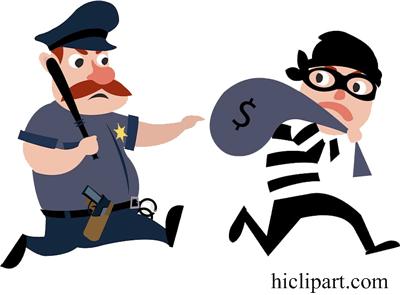 This typical problem from the prolific H. E. Dudeney may be a bit tricky at first.
This typical problem from the prolific H. E. Dudeney may be a bit tricky at first. This is another train puzzle by H. E. Dudeney. This one has some hairy arithmetic.
This is another train puzzle by H. E. Dudeney. This one has some hairy arithmetic. This is another delightful H. E. Dudeney puzzle.
This is another delightful H. E. Dudeney puzzle.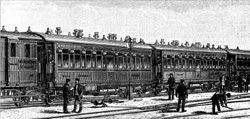 Yet another train problem from H. E. Dudeney.
Yet another train problem from H. E. Dudeney. This is another train puzzle from H. E. Dudeney, which is fairly straight-forward.
This is another train puzzle from H. E. Dudeney, which is fairly straight-forward. This is one of H. E. Dudeney’s train puzzles.
This is one of H. E. Dudeney’s train puzzles.